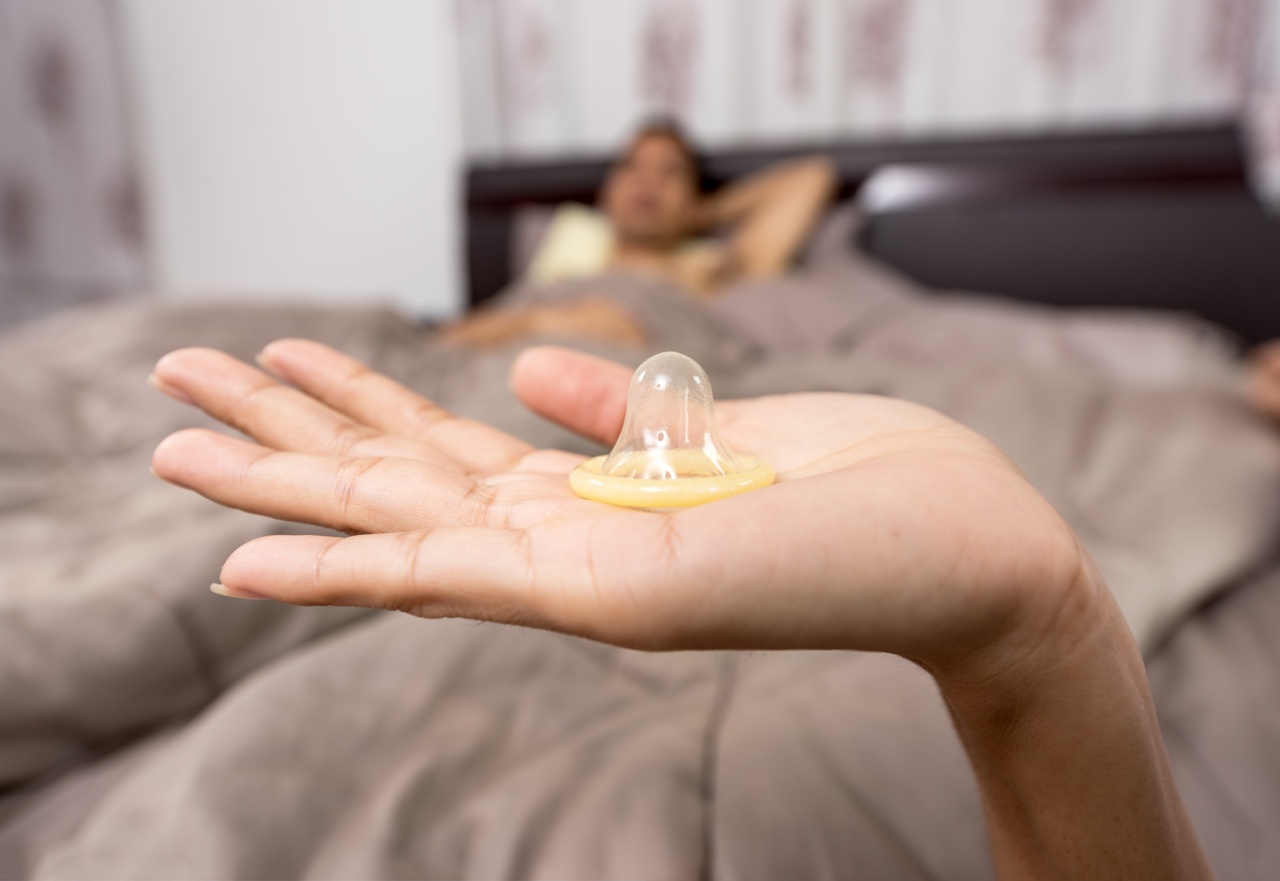Having sex without a condom can carry certain risks, including unwanted pregnancies and sexually transmitted infections (STIs). While it is generally recommended to always use contraception, accidents or unplanned situations may occur.
If you find yourself in a situation where you’ve had sex without a condom, it’s important to take appropriate steps afterward to minimize any potential negative consequences. In this article, we will discuss what you can do after having unprotected sex.
1. Assess the Risk
The first step is to assess the level of risk involved in the unprotected sexual encounter.
Consider factors such as your partner’s STI status, your own STI status, and if you are using another form of contraception, such as birth control pills or an intrauterine device (IUD). The risk may vary depending on these factors, so it is crucial to be aware of the circumstances surrounding the encounter.
2. Emergency Contraception Options
If there is a chance of unintended pregnancy after having unprotected sex, emergency contraception can help reduce the risk.
There are two main types of emergency contraception: the emergency contraceptive pill (also known as the morning-after pill) and the copper intrauterine device (IUD). Both need to be used within a certain timeframe after unprotected sex to be effective.
3. Emergency Contraceptive Pill
The emergency contraceptive pill is a medication that can be taken within a specific time frame after unprotected sex to prevent pregnancy. It works by either delaying or preventing ovulation, or by altering the cervical mucus to inhibit sperm movement.
It is important to note that this pill is not an abortion pill and will not terminate an existing pregnancy.
4. Copper Intrauterine Device (IUD)
An alternative option for emergency contraception is the copper IUD. It can be inserted up to five days after unprotected sex and can serve as an effective method of emergency contraception.
The copper ions released by the IUD make the uterus a less hospitable environment for sperm, preventing fertilization and implantation.
5. Consult a Healthcare Professional
After unprotected sex, it is advisable to consult with a healthcare professional, such as a doctor, nurse, or pharmacist.
They can provide valuable guidance, answer any questions you may have, and make sure you receive the appropriate emergency contraception or STI testing if necessary.
6. Get Tested for STIs
Regardless of your partner’s STI status, it is always a good idea to get tested after having unprotected sex. Some STIs may not show immediate symptoms, and early detection is key to effective treatment.
A healthcare professional can guide you on the specific tests you may need and provide appropriate advice.
7. Be Open and Honest with Your Partner
Communication is crucial in any sexual relationship. If you have had unprotected sex, it is essential to have an open and honest conversation with your partner about the situation.
Discuss the potential risks and make informed decisions together regarding future sexual encounters and contraception methods.
8. Consider Regular STI Testing
Regular STI testing is recommended, especially if you are sexually active with multiple partners or engaging in high-risk sexual behaviors.
Routine testing can help detect and treat any potential infections early on, preventing further transmission or complications.
9. Learn from the Experience
While mistakes happen, it is crucial to learn from them. Reflect on the situation that led to having unprotected sex and consider what steps you can take to avoid similar situations in the future.
Explore different contraception options and educate yourself about sexual health to make informed decisions.
10. Practice Safer Sex
The best way to prevent unwanted pregnancies and reduce the risk of STIs is by practicing safer sex. Always use a condom along with another form of contraception, such as birth control pills or an IUD.
Regularly get tested, communicate openly with your partner(s), and stay informed about sexual health topics.































